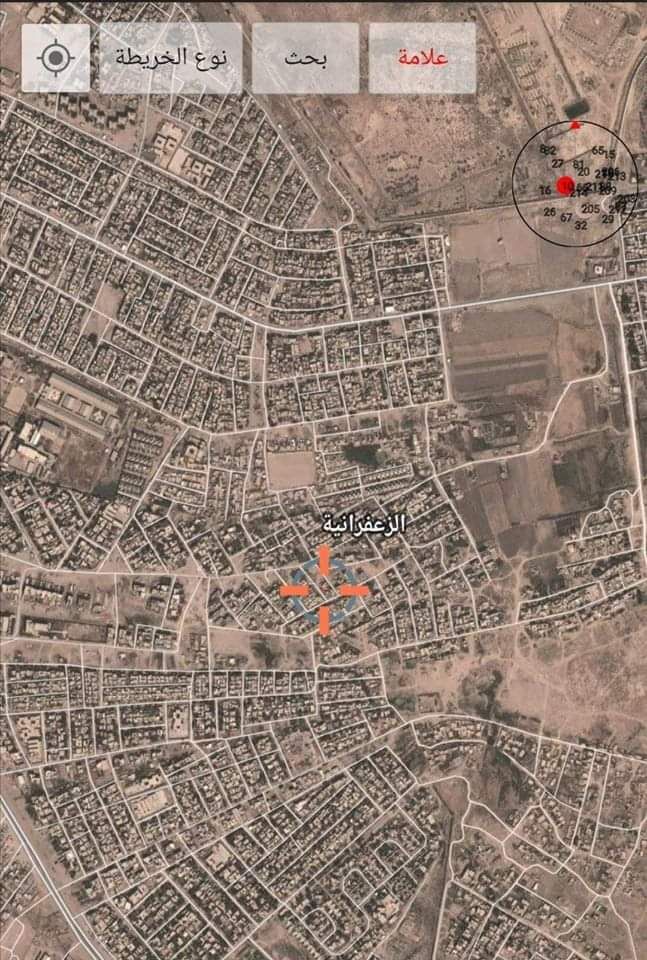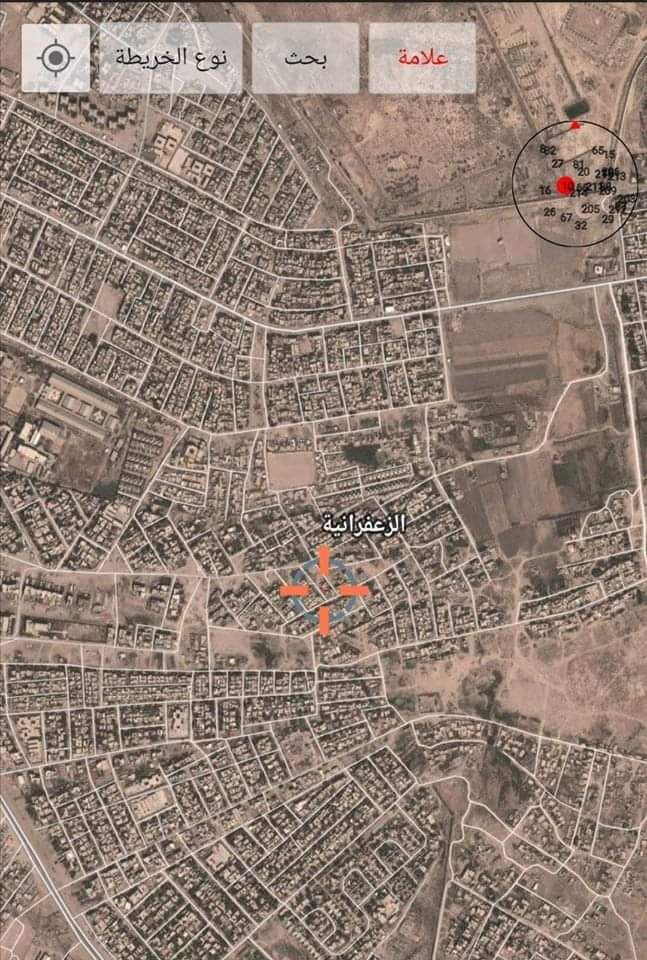
A field study at Al-Karkh University of Science on the relationship between pollution in Baghdad and the severity of infections with Coronavirus
A research team from Al-Karkh University of Science, in cooperation with the Ministry of Health and Environment, was able to study the possible relationship between air pollution in the city of Baghdad, the severity of infections with the emerging coronavirus, its distribution, and the rates of recovery and death.
The study included seven fixed stations for monitoring air quality, distributed between the Rusafa district (Al-Waziriya, south of Baghdad, Al-Andalus Square and Al-Jadriya), and the district of Al-Karkh (Al-Kadhimiya, Al-Yarmouk and Al-Saydiya). The study concluded that the Rusafa district was the most affected at the level of air pollution; this was positively related to the number of injuries, as well as the decrease in the rate of recovery, and a higher mortality rate compared to the less affected Karkh district.
It also focused on the Zafaraniya area, "A case study" on the Rusafa district, as one of the most affected areas at the level of the city of Baghdad; this may be due to the high air pollution in it caused by the indiscriminate burning of waste in the Rashid camp, as well as smoke from the thermal cycle power station, Al-Dora refinery, and industrial plants that use harmful chemicals, without fully treating their waste.
The study concluded, that air pollution may represent a pressure element that increases susceptibility to infection in populations exposed to high levels "above the permissible limits" of air pollutants for a long period of time, which has an effect on weakening immunity.
It is worth mentioning that the study was conducted by a joint research team, represented by Dr. Ibrahim Mahdi Al-Sudani, Dr. Amani Ibrahim, and Dr. Asma Sami Al-Khayyat from Al-Karkh University of Science, and researcher Ali Jaber from the Technical Department – Ministry of Health and Environment.

